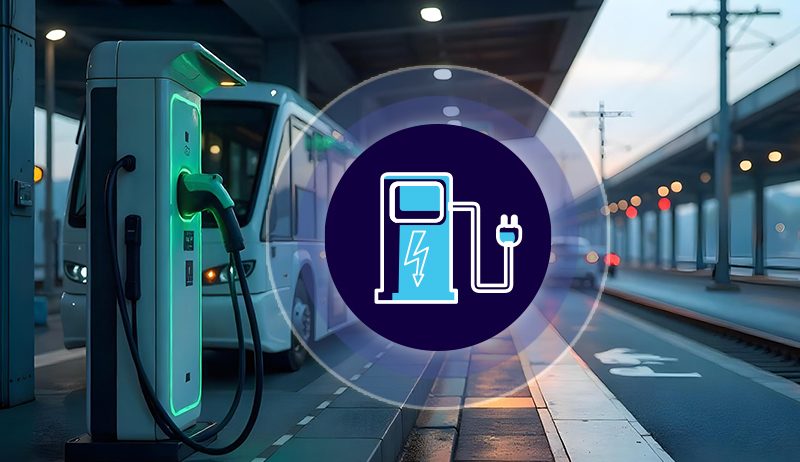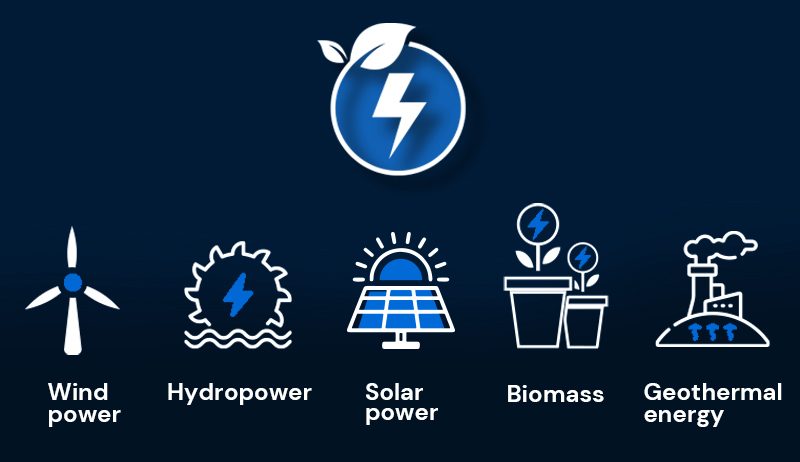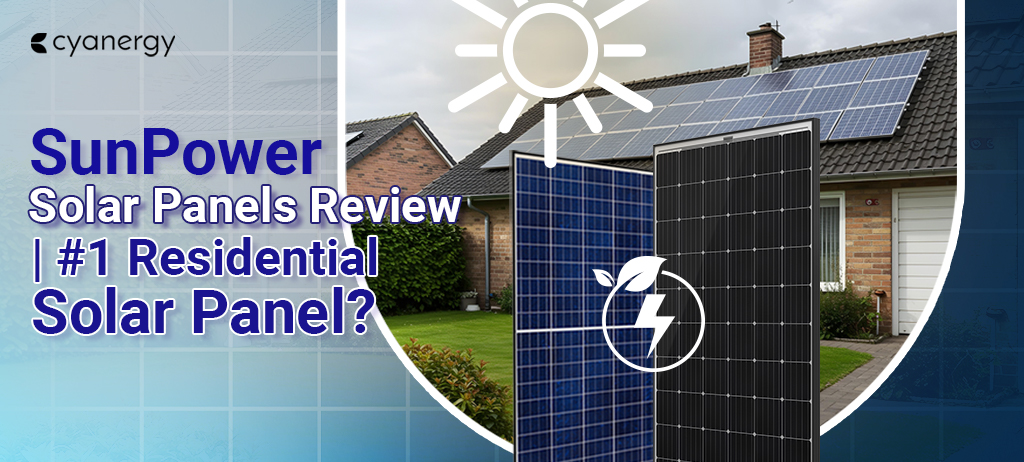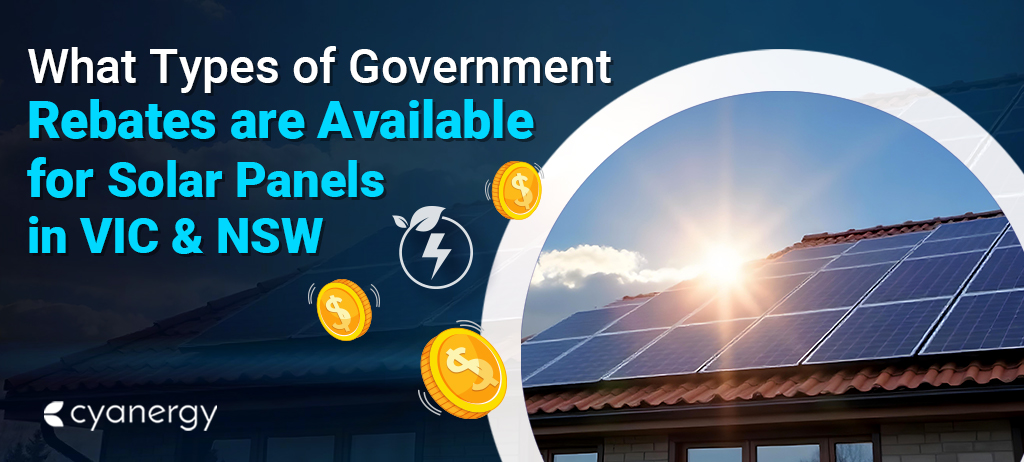Solar energy has been a leading force in the push for cleaner, greener energy. Using sunlight to produce electricity has greatly helped reduce harmful greenhouse gas emissions and is moving us toward a more sustainable future.
However, while solar power is significant for renewable energy, there are other answers. As we think about the future, it’s essential to recognise that solar has its limits, and we need a variety of renewable energy sources to meet our energy needs effectively.
So, can solar energy help diversify your energy portfolio? Let’s find out.
Understanding Energy Portfolio
An energy portfolio is a mix of different energy sources, both renewable and non-renewable, used to meet the energy needs of a specific area.
It’s designed to ensure that energy is produced reliably and sustainably. A diverse energy portfolio is essential because it helps reduce reliance on just one energy source, which improves energy security and lessens environmental damage.
An energy portfolio usually includes renewable energy sources like wind, solar, and hydropower, as well as non-renewable ones like coal, natural gas, and nuclear energy.
A well-planned energy portfolio can lower negative environmental impacts, improve energy security, and offer cost-effective ways to meet energy needs.
Using various energy sources reduces the risks associated with depending too much on one type of energy, helping to create a more sustainable future.
Managing an energy portfolio involves more than mixing different energy sources; it requires careful planning to balance the correct proportions of each source.
For example, relying too much on fossil fuels may be cheaper in the short term, but it can create environmental problems and supply risks in the future.
A good energy portfolio adapts to technological changes, market conditions, and society’s views on energy and the environment.
Components of an Energy Portfolio
Renewable Energy Sources:
Non-Renewable Energy Sources:
Emerging and Advanced Technologies:
What is Energy Diversification?
Energy diversification means using various energy sources, known as an energy mix, to meet a country’s energy needs.
This is important for energy security because market conditions affect common sources like oil, coal, and natural gas, causing supply problems or sudden price increases.
Geopolitical events like wars can also disrupt oil and other fuel supplies. A country with a diverse energy mix can handle issues with one energy source, like coal, by turning to others, such as nuclear or solar power.
For instance, a country that relies primarily on coal for electricity is more vulnerable to disruptions if the coal supply is interrupted.
However, a country like Australia, which uses a mix of energy sources like natural gas, coal, hydropower, and others, is less likely to face shortages because it’s rare for all energy systems to fail simultaneously.
If a country has a diverse energy mix and there’s a shortage of electricity from coal, it can compensate by using other sources like hydropower, solar, or natural gas.
Diversification and Energy Security

A mix of different energy sources is usually essential for energy security because a country can continue running smoothly if one energy source fails. However, there are some exceptions.
Countries that produce all the energy they need don’t have to worry as much about energy security. However, countries that rely on importing much of their energy must consider the risks that could disrupt supply from other countries.
Political unrest, conflicts, and diplomatic issues are the main concerns for countries that import energy. For example, countries that buy oil from the Middle East enjoy cheap and plentiful oil but have to deal with the region’s problems, which could affect the supply.
The Need for a Diverse Green Energy Portfolio
The need for a diverse green energy portfolio is clear because relying on just one energy source has limits. Investing in different renewable energy technologies can reduce the risks and challenges depending on one source.
For example, wind power can work well with solar energy since wind often generates more power at night or in other seasons when solar energy is less available. Hydroelectric power offers a constant and reliable energy supply.
New technologies, like tidal and wave energy, tap into the ocean’s power and have great potential for the future.
In addition, innovative green energy solutions are being developed, such as advanced biofuels, nuclear fusion, and even solar power from space. Investing in these new technologies can diversify our energy mix and strengthen our security.
So, How Exactly can Solar Energy Help Diversify Your Energy Portfolio in Australia?
Solar energy can play a crucial role in diversifying your energy portfolio in Australia by providing a cleaner, more sustainable alternative to traditional sources like coal and natural gas.
With Australia’s abundant sunlight, harnessing solar power is an efficient way to generate electricity. Adding solar energy to your energy mix reduces reliance on fossil fuels, which are not only finite but also harmful to the environment due to carbon emissions.
Investing in solar can lower your exposure to volatile fuel prices. Once the solar panels are installed, sunlight is free, which can help make your energy costs more predictable over time.
Solar energy is also a renewable resource, meaning it won’t run out, unlike coal or gas. This provides long-term security, as you’ll have access to a steady energy supply that isn’t dependent on the availability of traditional fuel sources.
Moreover, solar energy production can be paired with battery storage systems, allowing you to store excess power generated during sunny days for use at night or on cloudy days.
This ensures a more reliable and resilient energy portfolio that isn’t vulnerable to supply disruptions or fuel shortages.
Australia’s government also supports solar energy through various incentives, which can help reduce the initial costs of installing solar panels.
This makes it easier for businesses and homeowners to incorporate solar into their energy strategy to lower costs and as a step toward a greener and more diversified energy future.
In short, by adopting solar energy, you reduce risks associated with traditional energy sources, cut costs over the long term, and contribute to Australia’s more sustainable and stable energy system.
A Deep Dive into Energy Diversification

Weather is constantly changing, and energy sources like wind, solar, and hydropower depend on seasons and weather patterns, making them inconsistent.
In Australia, each region has its own electricity needs and sources. Energy sold within a region mainly comes from that area. By investing in different regions, you not only diversify but also take advantage of varying weather conditions.
Diversifying across locations, including areas with different power prices, opens up many opportunities for renewable energy investments. These investments benefit from changes in energy prices and various government policies.
Hydropower in Australia has often been overlooked, but it plays an essential role in the shift to renewable energy. Hydropower can store energy in reservoirs and produce electricity when other renewable sources, like wind or solar, aren’t generating enough.
This helps stabilise prices and increases the value of stored energy for both users and investors.
How to Achieve Revenue Diversification

Revenue diversification can be done through subsidies, power purchase agreements (PPAs), fixed income sources, and exposure to market prices.
PPAs are long-term contracts where a business agrees to buy energy from a renewable energy producer. These agreements provide stability for investors and make it easier to build new renewable energy projects.
In Australia, investors can earn steady income from renewable energy funds, which, along with hedging strategies, reduce the risks linked to market price changes and ensure more stable returns.
Renewable energy projects also offer different types of returns based on their stage. Operational projects give immediate profits, while projects in construction or development offer the potential for higher returns with some added risk.
Why Choose Cyanergy as Your Renewable Energy Partner?
Solar power has played, and will continue to play, a crucial role in our transition to a green energy future.
However, it’s essential to recognise its limitations and not view it as a panacea. To achieve a sustainable future, we must invest in a broad range of renewable energy technologies, from the ones we have now to novel systems still in their infancy.
At Cyanergy, we aim to create an investment approach that supports the transition to a net-zero, cleaner, greener future. The pillars of diversification lie at the very foundation of this commitment.
Our journey towards a sustainable future is not a one-lane road but a multi-lane highway. Let’s explore all paths forward and invest in the full spectrum of green energy possibilities.







